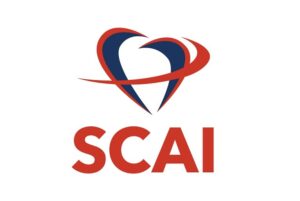 A new analysis of chronic limb-threatening ischemia (CLTI) treatment outcomes was presented at the Society for Cardiovascular Angiography & Interventions (SCAI) 2023 Scientific Sessions (May 18–20) in Phoenix.
A new analysis of chronic limb-threatening ischemia (CLTI) treatment outcomes was presented at the Society for Cardiovascular Angiography & Interventions (SCAI) 2023 Scientific Sessions (May 18–20) in Phoenix.
Since the initial results of the BEST-CLI trial found surgery superior to endovascular revascularization, questions have lingered. The new analysis, led by Eric Secemsky, MD, sought to analyze a broader clinical population via the Medicare population. The endpoint used for the patient group was a composite of major adverse limb events (MALE) and death.
A total of 66,153 patients were included—10,125 autologous grafts, 7,867 non-autologous and 48,161 endovascular. Compared to BEST-CLI cohort 1, patients were older, more often female and had a greater burden of comorbidities. Endovascular operators were less likely to be surgeons (55.9% vs. 73% in BEST-CLI) and more likely to be interventional cardiologists (25.5% vs. 13.0%). The risk of death or MALE was higher with surgery (56.6% autologous vs. 42.6% BEST-CLI cohort 1; 51.6% non-autologous vs. 42.8% BEST-CLI cohort 2) but similar with endovascular. Of those receiving endovascular treatment, major interventions occurred less frequently compared to the trial (10% real-world vs. 23.5% cohort 1; 8.6% real-world vs. 25.6% cohort 2).













The MicroMedical Solutions MicroStent is the solution! The fda study is almost done. Look it up.